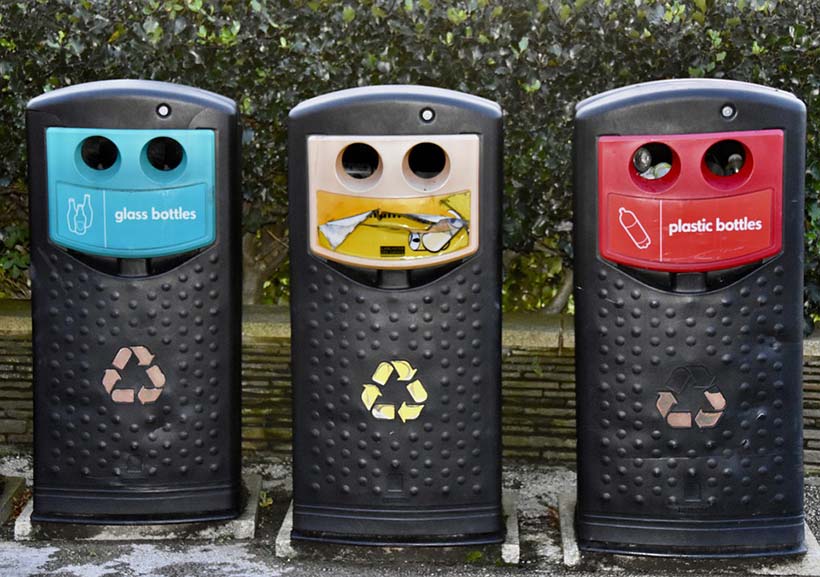Recycling as an idea has been around for almost a century.
And while that idea may have taken some time to turn into something concrete and actionable.
There is no doubting that recycling has ‘generally increased from year to year’.
Born in the 1930’s and 40’s, the idea of recycling came around after the mass-produced industrial age as we became aware of the impact on the environment we were having.
But it wasn’t until the 70s, when some real action began to be taken, that the idea really caught on.
More or less since then we are more concerned about our planet and have tried to come up with ever more inventive ways to lessen our impact on the environment.
Government waste and recycling statistics indicate that, in England, the recycling rate of ‘waste from households’ was 45.1% at the end of March 2019.
An increase of 0.3% on the previous year.
While this does fall a little short of an official EU target of 50% by 2020, it is still a step in the right direction.
45% is still 45%. That’s a lot more than nothing.
Article Chapters
Are We More Conscious Of The Environment & How Recycling Can Help?
To answer that question you only have to look at your home.
You have a black bin, a blue bin, a brown bin.
There is probably a recycling facility fairly near-by.
We have a chance to make our actions count.
To play our part. And we do that by not mixing our recyclables with our waste.
The bins are thanks to the Household Waste Recycling Act 2003 which required local authorities in England ‘to provide every household with a separate collection of at least two types of recyclable materials by 2010’.
This Act has had the biggest impact on recycling in recent years by making recycling easy and accessible.
But we don’t just do it because it is more convenient.
It isn’t as convenient as just throwing something in the black bin after all.
You have to wash it, or break it down, separate it from the rest.
We do it because our environmental awareness in on the rise.
We know about the spectre of global warming and our part in it. And we want to help.
Ways We Recycle
Use of Correct Bins
One of the main ways we recycle at home and business is by using our different bins.
It is vitally important that we use those bins correctly.
Generally, your blue bin is for recyclable waste like cardboard and plastic, your brown bin is for kitchen and garden waste, and your other green/grey/black bin is for non-recyclable waste.
Your local Council or government authority will usually provide a list of items like this one indicating what can go in each bin.
Upcycling Old Furniture
Upcycling is a trend that took off around the late 1990s and continues to be popular as another way in which we can lessen our impact on the environment.
By taking old unloved furniture and giving it a new lease of life, or using recycled wood, or by taking other items and repurposing them for use as something else, we find ways to make any difference in protecting the environment that we can.
Some eco-friendly furniture businesses have even taken to selling upcycled lines in their stock.
A great sign for now and the future.
We know recycling is the future because it is what we want.
Now, more than ever, we care about our planet, our home, and we are keenly aware that it is the only one we have.
We’ll take every action, no matter how small, to help aid in the protection of the environment.
More importantly, we have taught this value to our children who have grasped its importance and are leading the way in the future of recycling and saving the planet.

